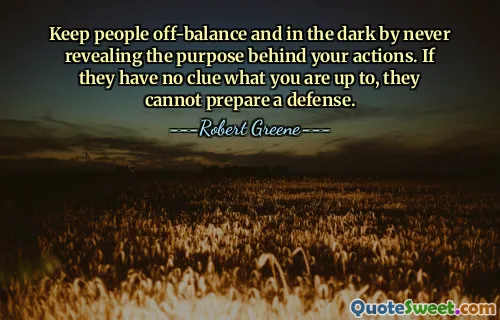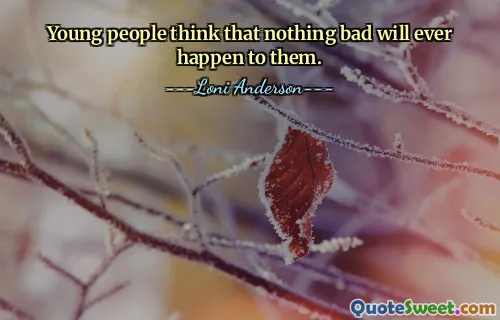
For starters, circulating oxytocin levels are elevated in couples when they've first hooked up. Furthermore, the higher the levels, the more physical affection, the more behaviors are synchronized, the more long-lasting the relationship, and the happier interviewers rate couples to be.
The quote highlights the profound biological underpinnings of human bonding and relationships, emphasizing oxytocin's central role. Oxytocin, often dubbed the "love hormone" or "cuddle hormone," is released in various social interactions, especially those involving physical touch and emotional connection. When couples first form an attachment, elevated oxytocin levels serve as a biochemical marker that not only fosters feelings of closeness but actively promotes behaviors conducive to bonding, such as hugging, kissing, and synchronized activities. This synchronization extends beyond mere physical gestures; it encompasses shared rhythms, coordinated actions, and emotional attunement, which collectively reinforce the relationship.
From a biological perspective, these processes serve evolutionary purposes by increasing pair stability and ensuring cooperative parenting. The fact that higher oxytocin levels are linked to longer-lasting relationships and higher reported happiness underscores how interconnected our biology is with our subjective experiences of love and partnership. This also suggests that relationship dynamics can be studied and perhaps even influenced through understanding and supporting the hormonal environment.
Moreover, recognizing the role of oxytocin shifts some focus away from solely societal or psychological explanations of human intimacy, anchoring our understanding of love in tangible physiological mechanisms. This knowledge can also influence approaches in therapy, encouraging behaviors that naturally increase oxytocin, such as affectionate touch, trust-building activities, and nurturing routines. Ultimately, this neurochemical insight reveals that love and companionship are deeply embedded within our biological makeup, influencing our behaviors and perceptions in ways that are both complex and beautifully interconnected.









